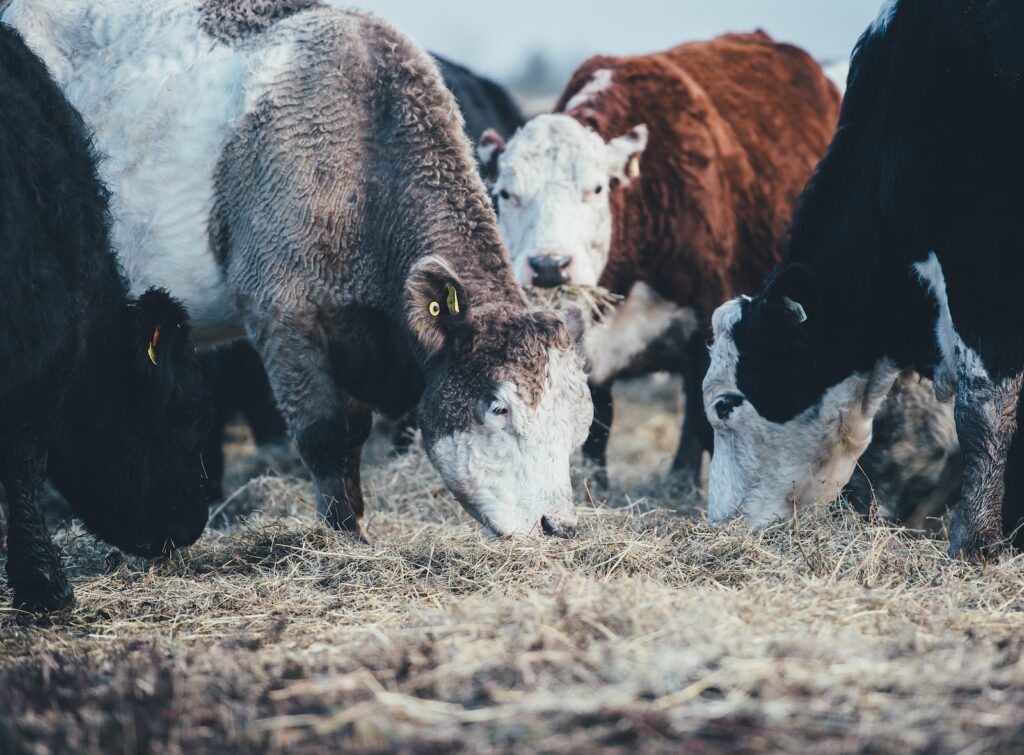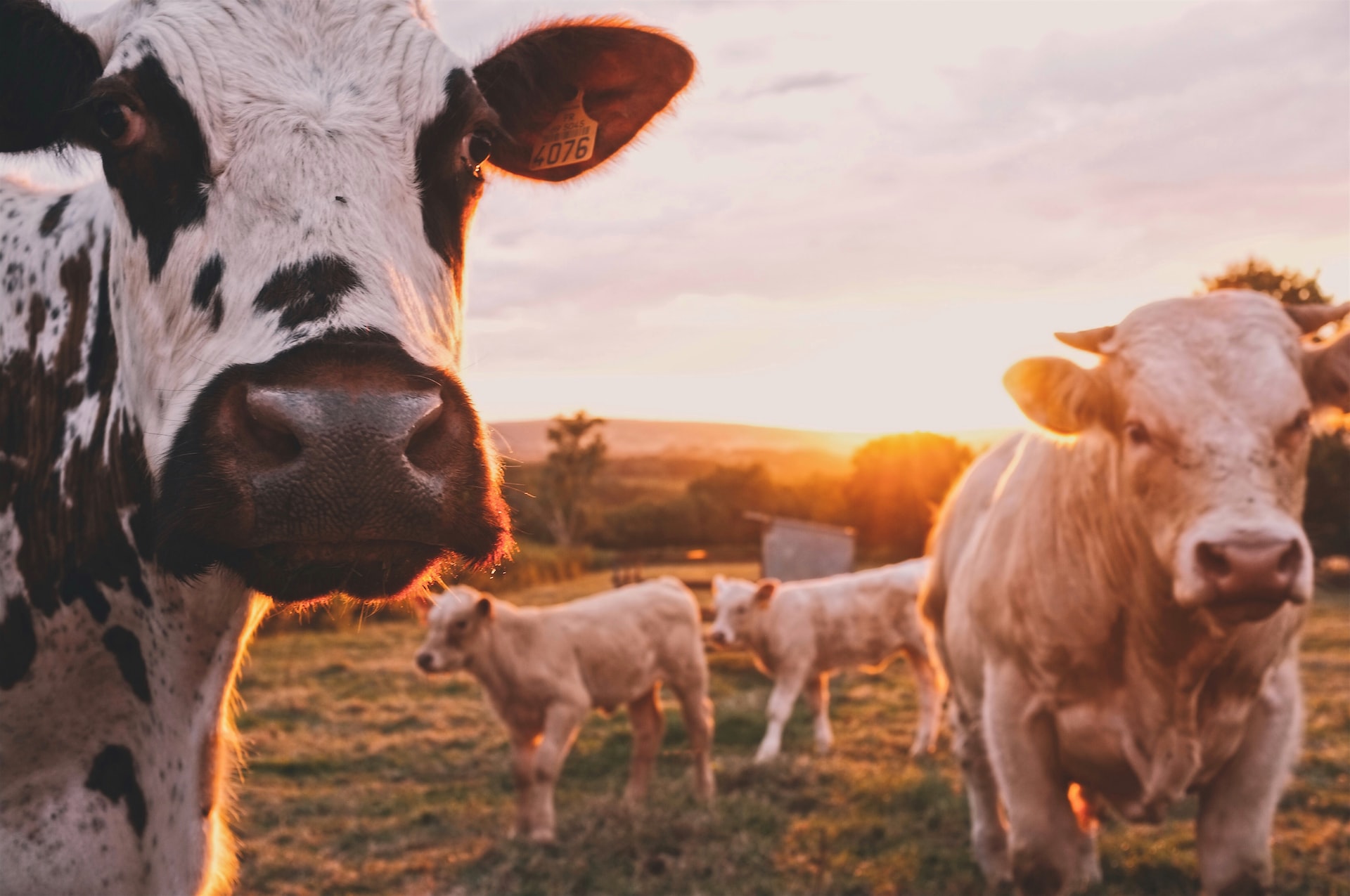By Oklahoma State University

As a specialist in beef cattle nutrition, Paul Beck understands the challenges that beef producers face in providing enough feed and hay to their cows during winter without compromising the long-term productivity of the herd. In any given year, feed and pasture can make up nearly 70% of variable costs and 50% of total costs for maintaining a cowherd. Recent research has found that high-profit producers were able to achieve a 39% reduction in feed and pasture costs compared to their low-profit counterparts.
How can beef producers reduce feed costs while maintaining productivity and improving profitability? One potential solution is the use of ionophores, a class of antibiotics that can increase energetic efficiency and reduce waste production in the rumen. Monensin, an ionophore, was approved for use in replacement beef and dairy heifers in 1983 and beef cows in 1988, but its use in the cow-calf industry is not yet widespread. However, feeding monensin to beef cows can improve efficiency and decrease feed costs, as long as it is given at a rate of 50 to 200 milligrams per head per day in a minimum of 1 pound of medicated feed per head per day and not self-fed.

A group of researchers from Oklahoma State University recently published their findings in the journal Translational Animal Science. The study compiled results from 26 experiments and 21 publications to evaluate the effects of monensin supplementation on mature beef cows. The researchers identified five key findings:
Feeding monensin did not affect body weight or body condition score changes.
Monensin decreased forage intake by 7.8%.
Milk production increased by 5.4% in a small data set of experiments.
Monensin decreased the days to estrus post-calving by 18 days and increased the number of cows showing estrus before breeding by 19%.
Feeding monensin increased dietary energy by 4.7% based on feed intake and performance data.
These findings suggest that monensin can be beneficial in pushing thin cattle to start cycling before breeding. Given the current conditions of limited forage resources and high feed costs, the 8% reduction in feed intake by mature cows is a major consideration when supplementing with monensin this winter.
Using monensin can lead to long-term positive impacts on cowherd efficiency due to its ability to reduce feed intake, increase milk production, and promote earlier estrus activity.







